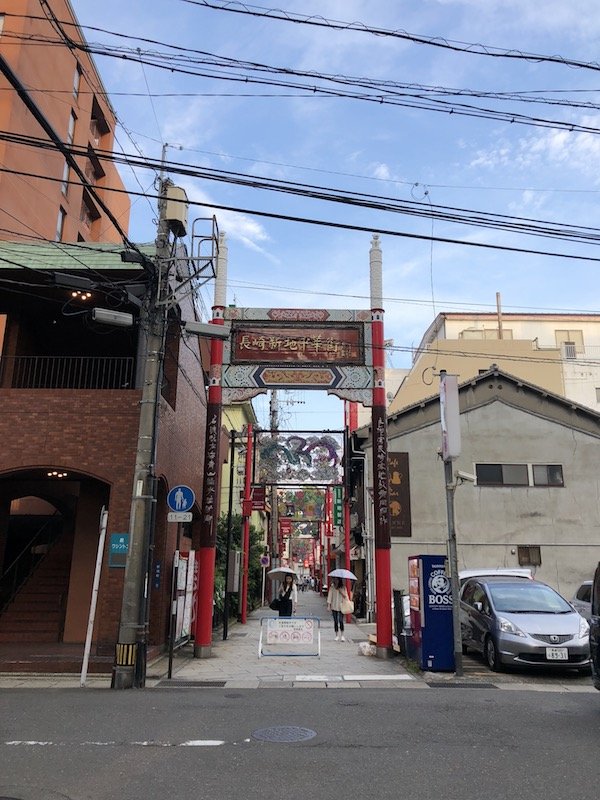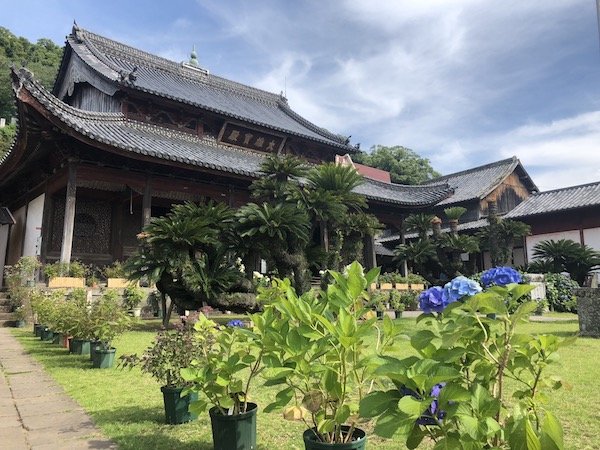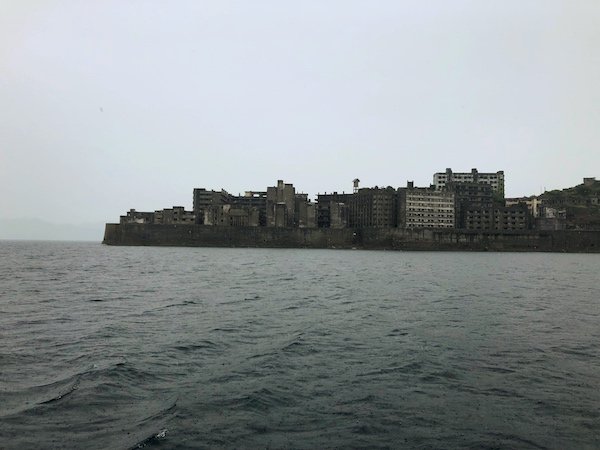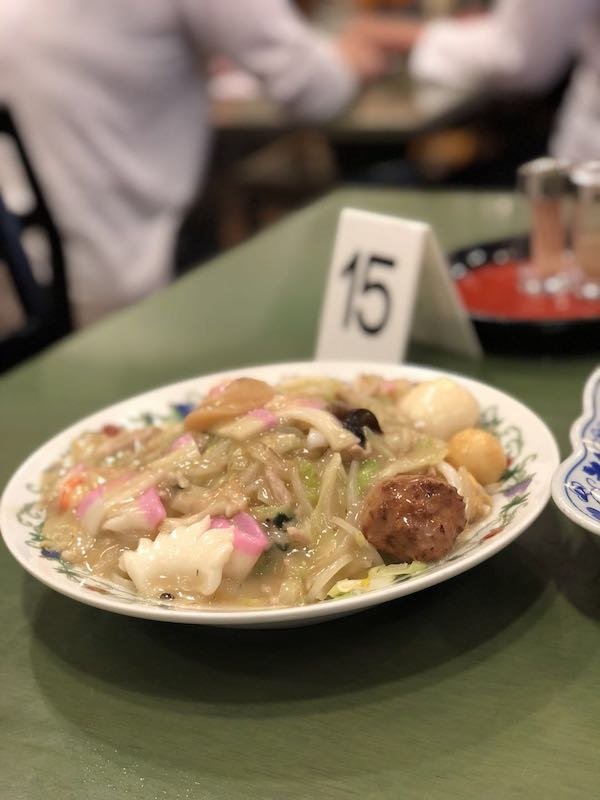Nagasaki: A History Interwoven With Trade and Tragedy
The name Nagasaki will always be synonymous with the dropping of the second atomic bomb at the end of World War II on Aug 9, 1945, and although that history in itself is enough of a reason to visit the city, there is plenty more besides to recommend it. From the 16th to the 19th centuries, Nagasaki played a prominent role in Japan’s international trade relations, particularly with Portugal, the Netherlands, and China, leaving it with a culturally and religiously diverse character as evidenced by its many Christian churches. Those who have already thoroughly explored Japan’s more modern cities such as Tokyo and Osaka will find plenty to enjoy here.

Getting there
There is a small airport in Nagasaki with flights from domestic Japanese destinations and some Asian cities such as Seoul, but the easiest way to get there is probably to fly into Fukuoka (Air China flies daily to Fukuoka via Dalian) and take the train from there, which takes around two hours.
What to do
Nagasaki’s most popular sights are spread out over quite a wide area, though easily accessed via the city’s tram system. The Atomic Bomb Museum and the National Peace Memorial Hall for the Atomic Bomb Victims are located in the northern suburb of Urakami, the hypocenter of the explosion. Traveling south, you’ll start to come across more sights related to the city’s history of foreign influence. Dejima, a fan-shaped artificial island, was once home to the only sanctioned foreign presence in Japan. Today, its beautiful European architecture has been painstakingly restored and wandering around makes for an instructive (and photo-friendly) couple of hours. Even further south, you’ll reach Glover Garden, a landscaped area of restored Meiji-era European architecture, and Ōura Catholic Church, said to be Japan’s oldest church, built in 1864.

Nagasaki may be more famous for its European-style churches, but there are some beautiful temples to enjoy here, too, mostly located along Teramachi-Dori – Nagasaki’s famous temple street. In particular, do not miss Kofukuji, a Ōbaku Zen Buddhist temple dating back to 1624.
Finally, fans of abandoned buildings and urban decay won’t want to miss a visit to the so-called “Gunkanjima” or Battleship Island (the island’s official name is Hashima, but it is usually called otherwise thanks to its unique shape). Until 1974, the tiny, 16-acre island was the site of an active coal mine and was home to more than 5,000 people, making it the most densely populated place on earth. Numerous companies run boat tours to Gunkanjima, usually lasting around three to four hours (including around an hour on the island), and costing around JPY 4,000 per person. Note that you can’t get very close to the buildings due to the threat of collapse.

What to eat
Nagasaki’s eclectic history has also had an effect on its food, which incorporates influences from both Chinese and Western cuisine. Take champon, a style of ramen featuring seafood, pork, and vegetables served over noodles in a pork bone broth, said to have been inspired by a dish from Fujian province. You can find this served at restaurants all over the city, particularly in Chinatown. If you’re looking for more standard Japanese fare, cozy izakaya Tarafuku Asa in downtown Shianbashi offers freshly-caught sashimi from the waters around Nagasaki, alongside more creative dishes like cheese spring rolls or deep-fried eggplant stuffed with minced pork.

Where to stay
If you are only in Nagasaki for a few days, it makes sense to stay around Shianbashi, which puts you just a 10-minute tram ride away from the train station and near most of the restaurants and bars. Richmond Hotel Nagasaki Shianbashi is a top choice, with English-speaking staff and larger rooms than you’ll find in many business hotels in Japan. Further south, towards Glover Garden and the Dutch Slope, Hotel Monterey Nagasaki offers a taste of the city’s former Western influence, featuring Portuguese elements in both the architecture and decor. Stepping out of bed onto the terracotta floor tiles and cracking open the wooden shutters, you could be fooled into thinking you were in Europe.
Go full-on globetrotter with all of our travel articles from across the world here.
Photo: Wikimedia, Aidan Teare, Robynne Tindall







